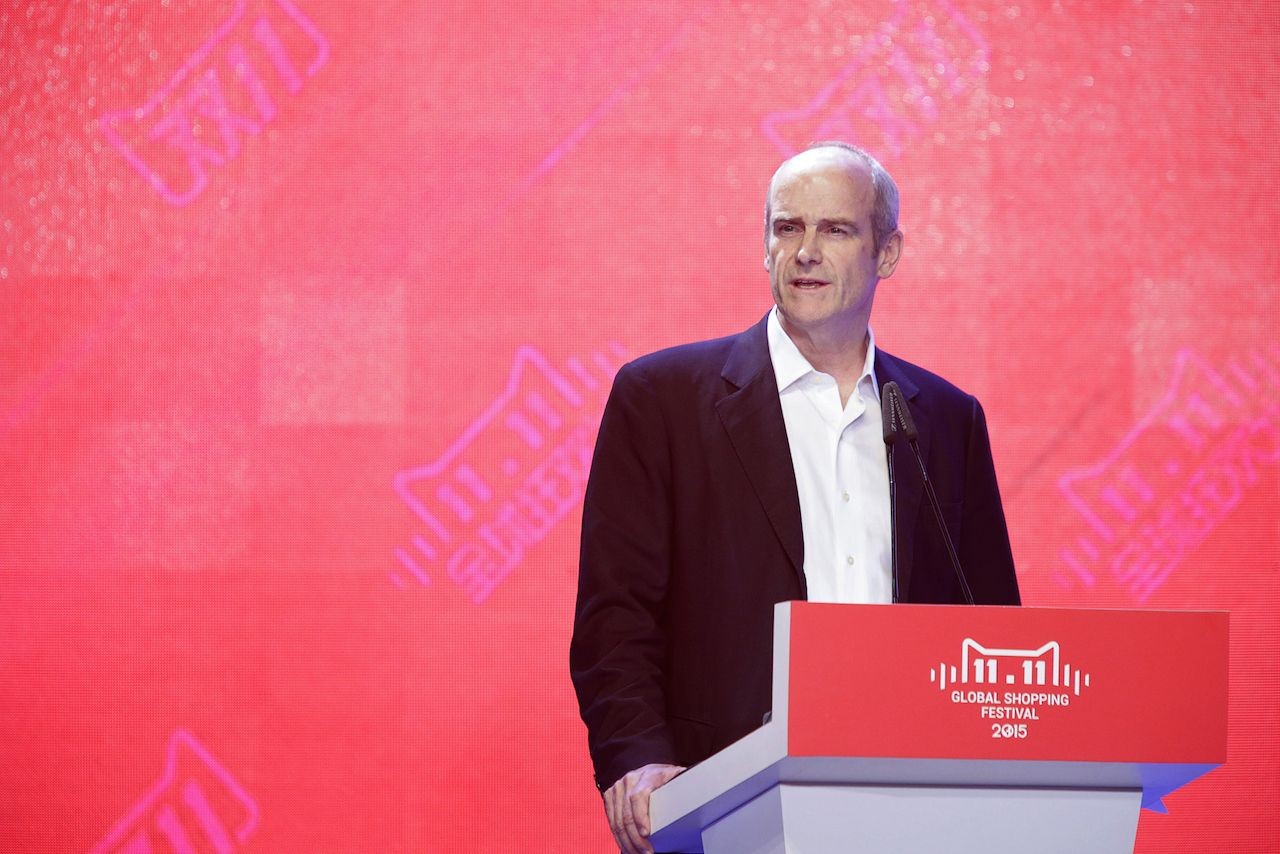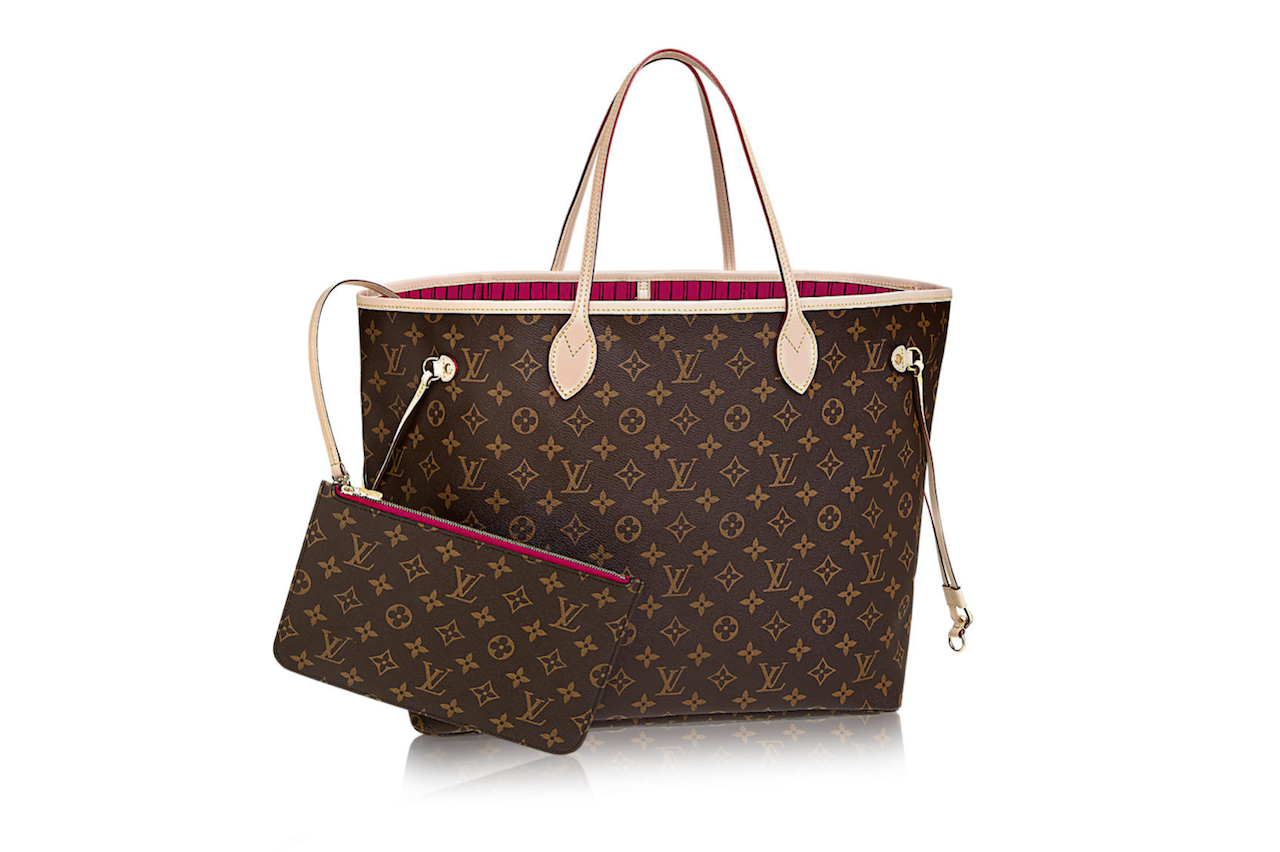On November 6, UCLA basketball players LiAngelo Ball, Jalen Hill and Cody Riley were arrested for shoplifting items from three luxury stores in the lakeside city of Hangzhou, China. The items reportedly included Louis Vuitton sunglasses, which retail for 505 to 960.
In China to play an exhibition match against rivals Georgia Tech, the players were released on bail of 2,200 and the condition of surrendering their passports. They were permitted to return to the States on November 14, ostensibly at the intervention of US President Donald Trump, who tweeted, “Do you think the three UCLA Basketball Players will say thank you President Trump? They were headed for 10 years in jail!”
Needless to say, retail theft in China extends far beyond the indiscretions of young American athletes on tour. While counterfeit goods and international resales by daigou shopping agents are higher profile concerns for luxury retailers, theft carries a considerable cost, too.
Shrinkage — an industry term that combines shoplifting (38 percent), employee theft (39 percent), and administrative losses (seven percent) — cost 123.4 billion, or 1.23 percent of global sales, in 2015, according to the Global Theft Barometer.
Disaggregating by country, shrinkage cost Chinese retailers 1.35 percent of sales, the fourth worst result out of 24 countries covered in the report, behind Mexico, the Netherlands, and Finland. The United States ranked close behind in seventh place, with losses of 1.27 percent.
2012 research by KPMG found that theft rings have been a serious problem in China, with 85 percent of retailers affected, and only 10 percent of them successful in preventing organized theft. They also found that inventory losses were significantly higher in northern and eastern parts of China than in other regions.
Retailers can prevent shoplifting by installing cameras, hiring security staff and tagging items with alarms. Another solution is to remove the shop where the shoplifting takes place entirely; something Louis Vuitton is attempting in China—having launched their first Chinese online store in July this year.


